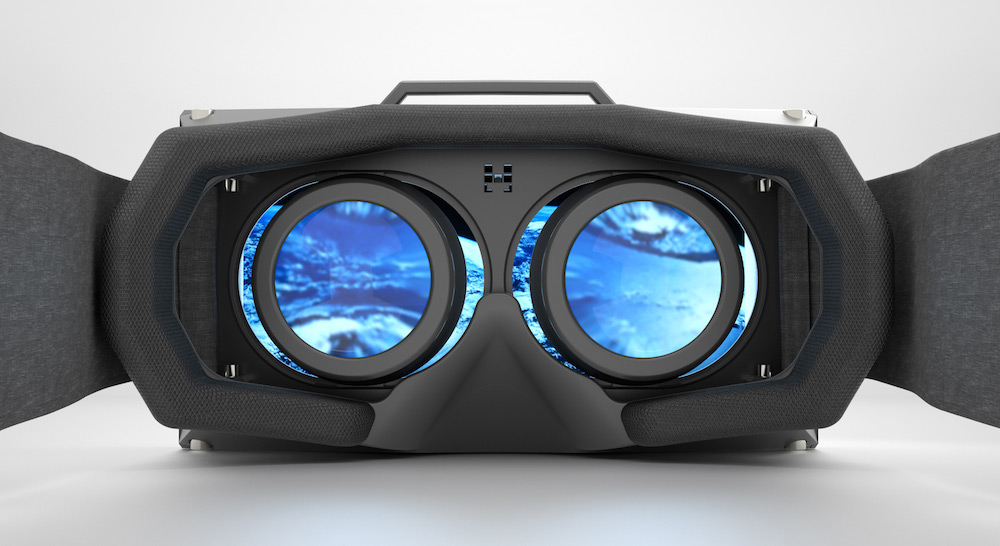Virtual Reality Could Let Astronauts 'Go to the Beach'

Spending long periods of time in space can be a psychologically demanding experience, but a new virtual reality system could give NASA astronauts a welcome escape.
The system, which features the super-advanced Oculus Rift virtual reality display, would allow spacefarers to virtually visit friends and family at home, or places such as the beach — complete with the sounds of waves breaking, the smell of saltwater and the feel of an ocean breeze, the researchers said.
"When you wear the Oculus Rift, it feels like you are in whatever scene you see," said Lorie Loeb, a computer scientist at Dartmouth University. Loeb leads the Digital Arts Leadership and Innovation lab (DALI), which is developing the virtual system. [5 Controversial Mental Health Treatments]
The virtual world will also extend to other senses beyond sight, Loeb told Live Science. "We will augment the experience through sound, create a breeze with fans, add smells — anything we can do to trick the brain into feeling like they are transported into a new space."
The work builds on more than a decade of research at Dartmouth, Harvard, UCLA and elsewhere to develop a computer-based therapy program designed to help astronauts cope with the mental challenges of long space missions, when communication delays with Earth would make talking to a real therapist impractical.
Known as the Virtual Space Station, the system includes programs designed to treat depression and help astronauts deal with stress or engage in conflict management. Each therapy program features pre-recorded video and audio clips with a real psychologist, which users can explore on their own.
The Virtual Space Station is a much more advanced computer interface than typical Internet-based therapy programs, said Mark Hegel, a clinical psychologist at the Dartmouth Institute who is a co-investigator on the project.
Sign up for the Live Science daily newsletter now
Get the world’s most fascinating discoveries delivered straight to your inbox.
But would real astronauts get any benefit from the virtual program? To find out, the researchers are testing the Virtual Space Station on two long-duration simulated space missions.
As part of the HI-SEAS (Hawaii Space Exploration Analog and Simulation) mission, which started Oct. 15, six people are spending eight months living in a habitat on a mountaintop in Hawaii. The other experiment will take place at a research station in Antarctica.
Members of these mock space missions will be able to access the virtual therapy program on their laptops, confidentially. On a real mission, astronauts might not want mission control to know if they are having problems, for fear of repercussions, the researchers said.
In previous experiments, the researchers have measured the relationship between the virtual therapist and users, and compared it with live therapy and other computer-based programs. "We found that perception we created was equivalent to working with a live therapist, and superior to other computer-based therapies," Hegel told Live Science.
Of course, it's impossible to know how an astronaut on a real mission would feel about using the system, Hegel said.
Follow Tanya Lewis on Twitter and Google+. Follow us @livescience, Facebook & Google+. Original article on Live Science.











